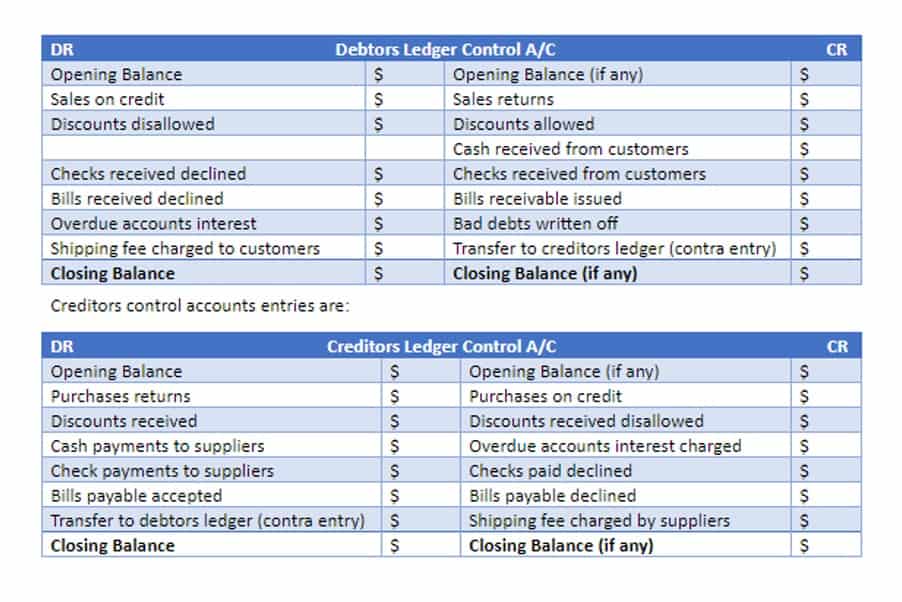
This blog serves as your guide to navigating the multitude of project topics for accounting students, categorized under key areas within accounting. When it comes to getting paid for projects, the revenue recognition varies—and your project accounting system must adapt to that. Some projects pay once the work is done, while others follow the cost-to-cost method and register partial payments as the work progresses. Once you’ve nailed down your project accounting needs, it’s time to prepare a suitable plan that aligns with them. The idea is to align your project accounting systems with your business’s overall financial accounting framework. Answer questions about tax and legal repercussions, fiscal overlaps, and contingency funds.
- Accounting projects help students understand these concepts in a practical way.
- This template makes tracking project costs for different things like materials, labor, permits, and equipment effortless.
- Once you determine what features you need from a project management software for accountants, project managers, and business owners, it’s time to look into the quality of said features.
- This approach ensures that expense is recognized in the period when the service is delivered, even though the cash was paid at the beginning of the contract.
- This system is designed to match income with the expenses that were incurred to generate that income, which results in a clearer view of a company’s financial position.
- This method looks at three different ratios, including profitability, activity (or the number of assets needed to support ops), and solvency.
- These expenses are considered current assets and represent future economic benefits the company expects to receive within the current year.
Phase #1: Planning and budgeting

This is a common challenge with project accounting, setting the need for having at least two people for managing numbers. For instance, one for tracking them and another for double-checking those numbers. In order to enable accurate reporting and comparison, it’s crucial that the same revenue recognition method is used consistently across each project, for the whole project duration. The efforts-expended method takes your estimated project https://www.bookstime.com/articles/how-to-create-a-church-budget time and total time currently spent on your project into account. This is feasibly implemented where the required project time is estimated from the beginning and constant time tracking is maintained.
- To avoid going over budget or ending up with an unprofitable project on your hands, you should start taking your project accounting seriously.
- This typically means these organizations are over $5M in annual revenue (otherwise organizations may use the cash-based accounting method).
- The City District Government then decided to utilize the remaining funds for signboards, as well as for trees alongside the new roads.
- All reports can be filtered to show only the information you want to see and easily shared with stakeholders to keep them updated.
- Achieving the right level of complexity in an accounting system can be very expensive, both in terms of time, operational complexity, and investment in bookkeeping and accounting resources.
Revenue recognition
Until you don’t know what tasks are involved, you can’t track the costs involved correctly. However, in general financial accounting, comparison is made much easier because of the standardized reporting periods. One particular importance of this measurement to project accounting is the fact that the entire revenue of the project is taken into account.

Include relevant certifications and education

AccountsGPT is a cutting-edge AI-driven solution that integrates seamlessly with existing accounting systems. Designed for businesses seeking advanced insights, it uses machine learning to identify trends, automate repetitive tasks, and provide predictive analytics. AccountsGPT forecasts sales, analyzes scenarios, and ensures compliance across multiple jurisdictions—all while seamlessly integrating with Xero and Excel.

How Capability Building Can Future Proof Your Service Business
Project network diagrams are visual maps that managers use to depict project activities and their dependencies. General accounting is done periodically, that is, over defined periods of time (for example, monthly or yearly). Project accounting, on the other hand, relates to shorter time periods or project milestones. First, they may be trying to assess whether the candidate has the necessary skills for the job. Second, they may be trying to gauge the candidate’s level of experience and expertise in the field. Finally, they may be trying to determine whether the candidate is project accounting example a good fit for the company culture.

These projects often span months or years and require close financial monitoring throughout the project life cycle. Project-based accounting simplifies accounting for construction companies by accurately tracking costs, revenue, and profits on a per-project basis. In this article, we explore how it works and how you can use it to make smarter, more profitable decisions. Deltek is ideal for industries like consulting and architecture, where projects require meticulous time and cost tracking. Its robust reporting capabilities enable firms to stay compliant with industry standards and client expectations.
By following project accounting principles, organizations can improve financial visibility, control costs, optimize resource allocation, and make informed decisions to drive project success. Project accounting is critical to a successful services business, as it enables self-awareness and transparency, while providing the information needed to adjust and manage performance. Other benefits of implementing project cost accounting software include improving contra asset account profitability and predictability, delivering great work and ultimately growing your organization.